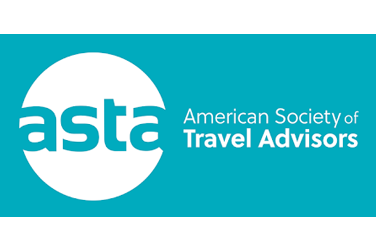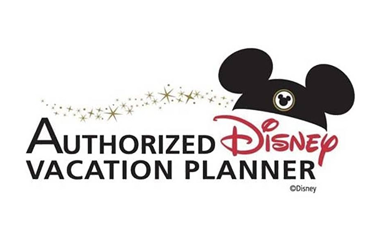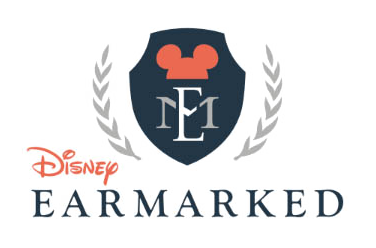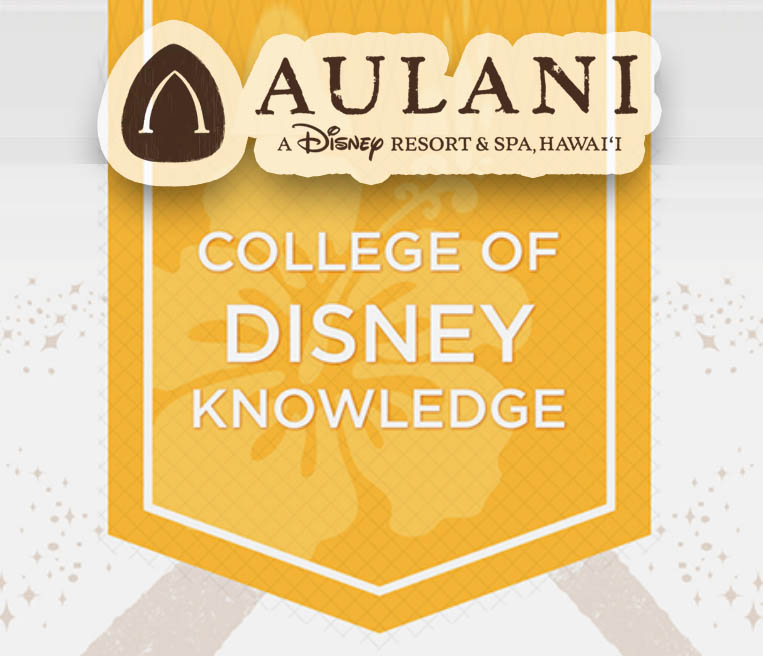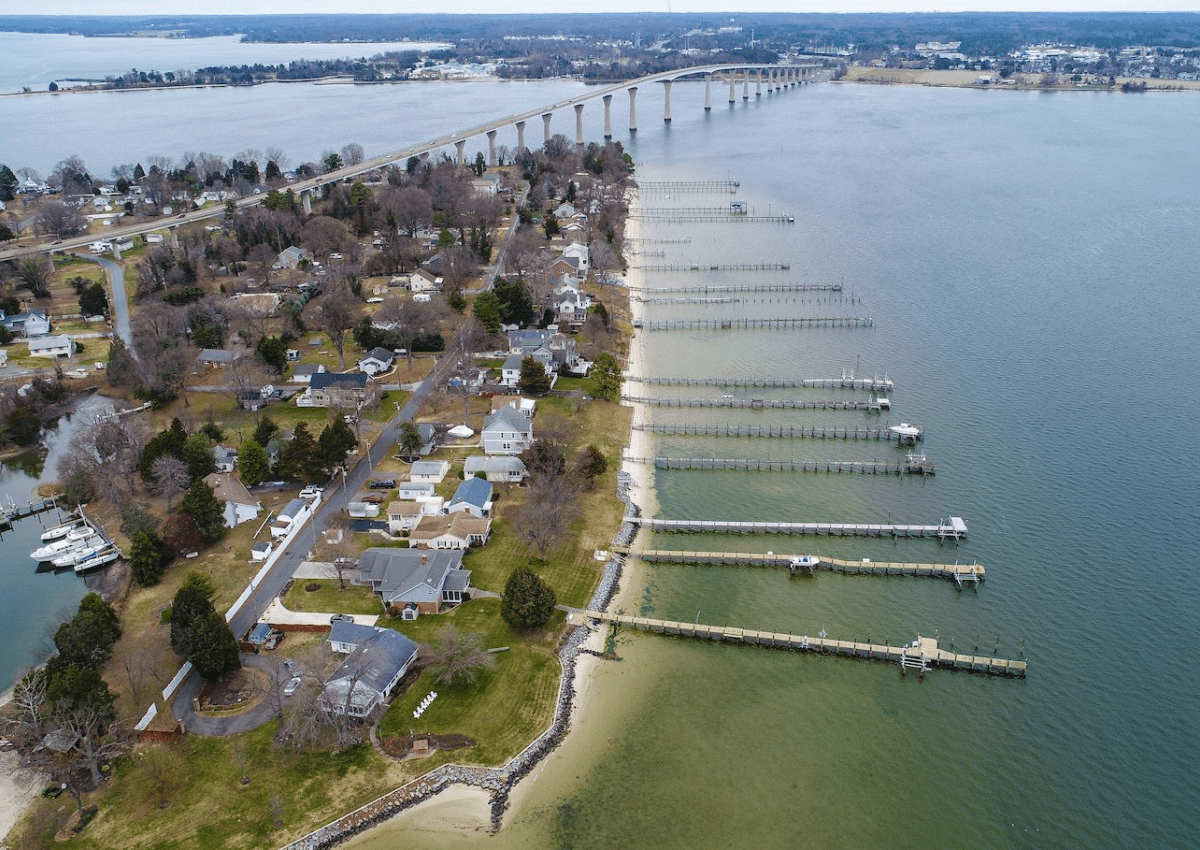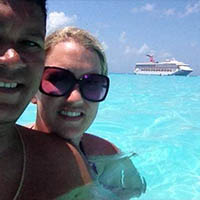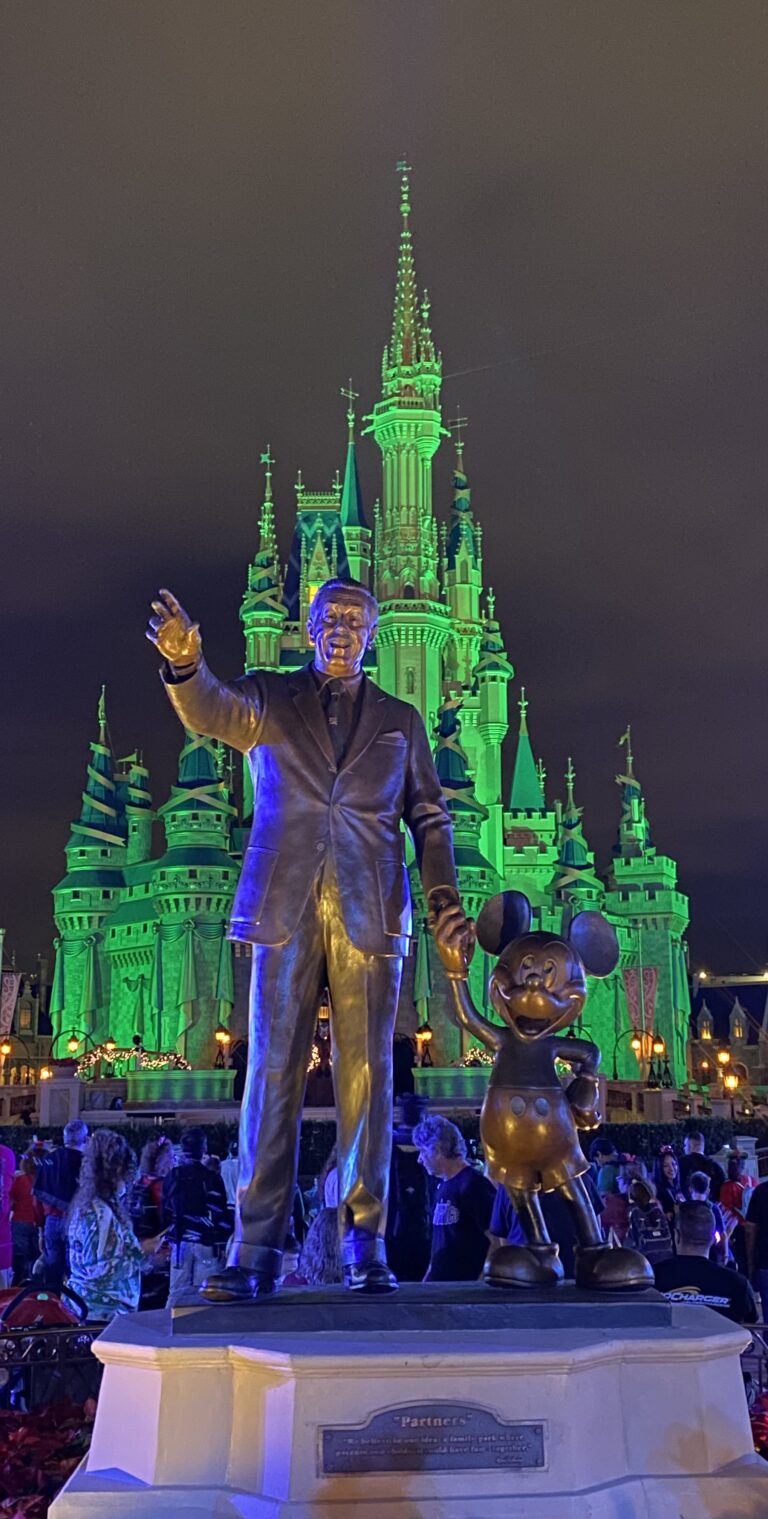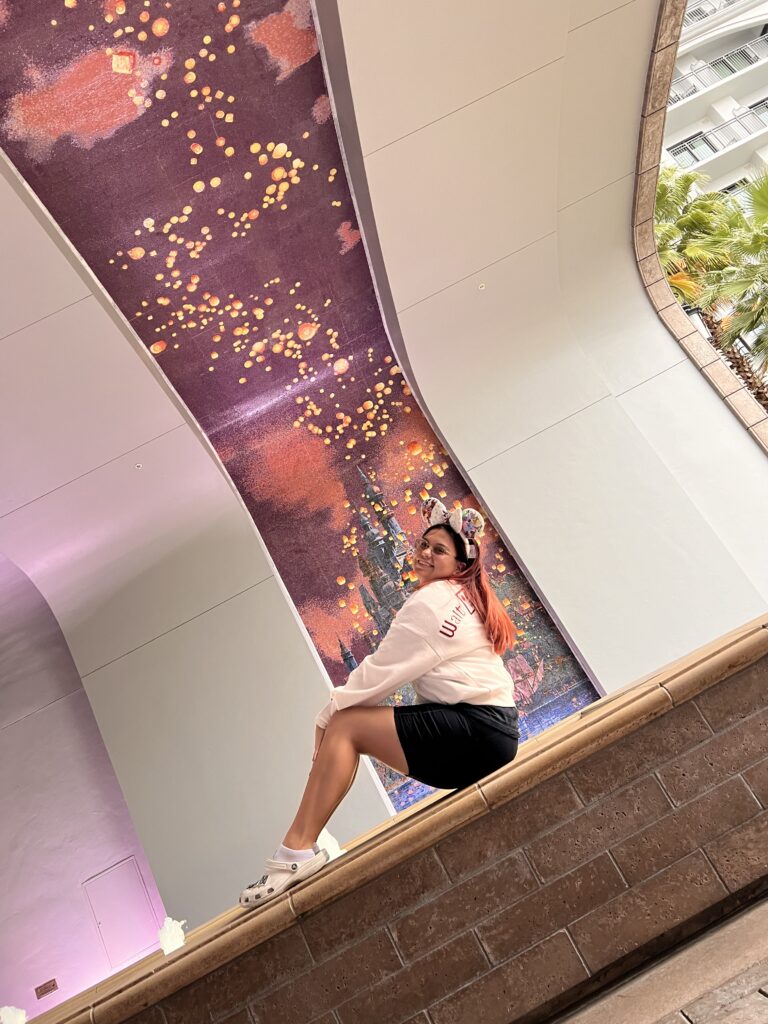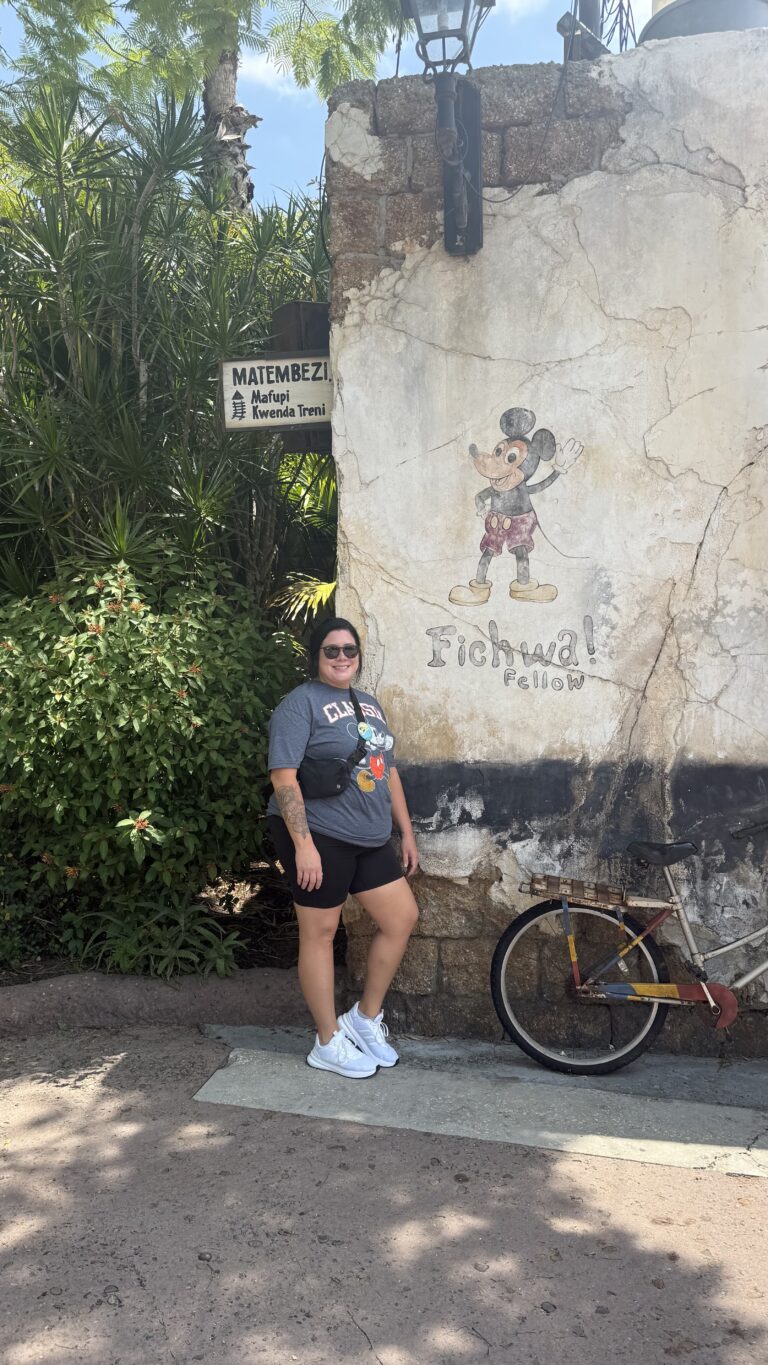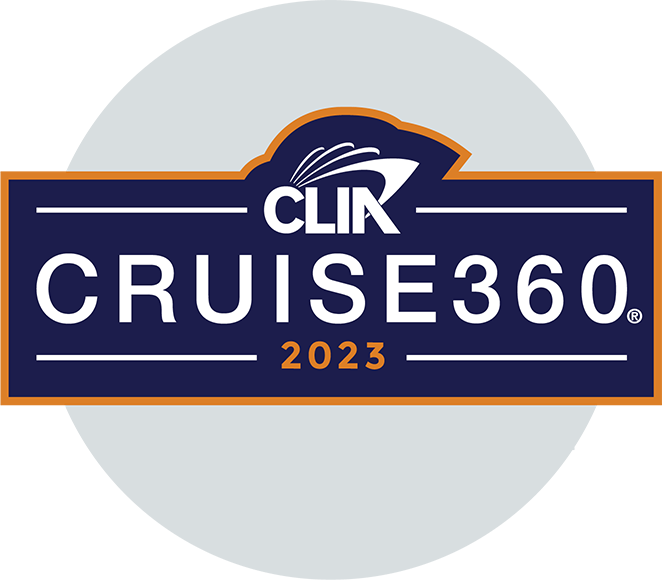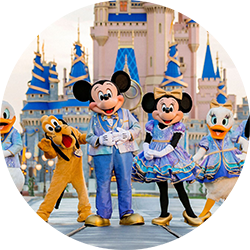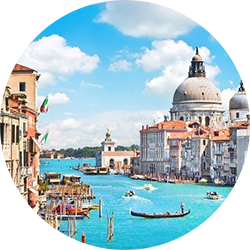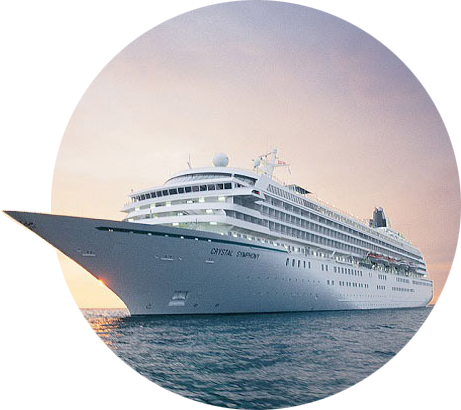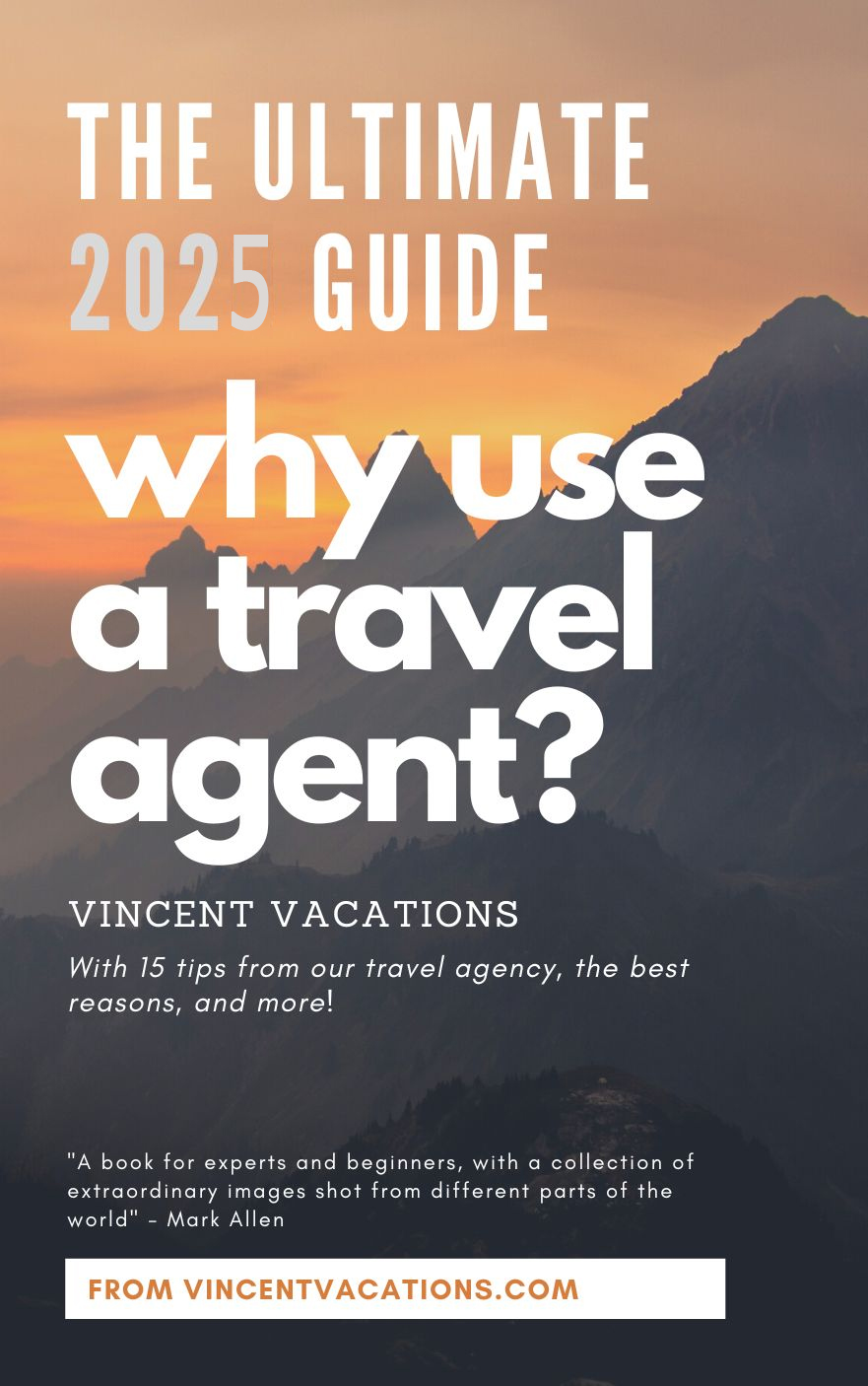Overview
Introduction
Maryland's "watermen"—those who make their living pulling seafood from Chesapeake Bay—are a romantic part of the state's appeal. But in a sense, all residents and visitors to the state become watermen. In a state with this much coastline, spending a lot of time by the Chesapeake Bay and the Atlantic Ocean is almost inevitable. Pleasure-boaters ride the waves alongside the professional fishing crews, while others relax on the beaches or shop and sightsee in the shore towns.
The inland regions of the state have their own kind of beauty, as well, ranging from the pastoral mountains of the western panhandle region to the rolling farmland of central Maryland. All areas of the state are rich in historical landmarks, a result of Maryland's central role in the development of the U.S. And because the state is relatively compact, it's easy to enjoy both the shore and the hills without spending a lot of time going from one to the other.
Geography
Maryland's unofficial moniker is "America in miniature." The state can be divided into three sections: the far western mountain area that is squeezed between Pennsylvania and West Virginia; the central section between the Chesapeake Bay and the Potomac River that includes farmland and the metropolitan areas of Baltimore and the outskirts of Washington, D.C.; and the Eastern Shore (of the Chesapeake Bay), an area that extends to the border with Delaware and, farther south, to the Atlantic Ocean.
Forty-six rivers flow into the Chesapeake Bay, a long finger of water that reaches far into the northeastern part of the state and has 4,000 mi/6,450 km of coastline. The bay—combined with some long-ago border squabbles—has given Maryland its unusual shape.
History
Before the colonists arrived, a large and varied Native American population lived along the region's shores and waterways, often building villages beside rivers. The Chesapeake Bay was visited by a number of early European explorers, but settlement didn't begin until George Calvert, Lord Baltimore, petitioned for a royal grant to found a colony that would harbor British Catholics, who were finding their homeland less and less hospitable. The king granted the petition in 1632. Although the colony was initially governed by religious tolerance (at least for Christians), once Puritan settlers became the majority, Catholics were persecuted and, for a time, were not allowed to vote.
A spirit of independence fueled Maryland's early resistance to British rule, and the colony played an important role in the Revolutionary War. Maryland was just as active in the War of 1812—the naval battle at Fort McHenry inspired Francis Scott Key to write "The Star-Spangled Banner," the poem that would become the lyrics to the U.S. national anthem.
Maryland's importance as a center of commerce increased throughout the 1800s, especially with the construction of the Chesapeake & Ohio Canal and the Baltimore & Ohio Railroad in the 1820s. Significant segments of Maryland supported secession on the eve of the Civil War, but it didn't happen. Maryland fared well after the war, and the state prospered until the economic depression of the 1870s.
Today, the Old Line State (also called the Free State) still relies on its ports and factories for jobs and income. But it has also benefited greatly from neighboring Washington, D.C.—military and other government-related industries have been important to Maryland's economy.
Snapshot
Maryland's chief attractions include history, sailing, beaches, wildlife, white-water rafting, the Eastern Shore, Baltimore, Annapolis, the mountains, hiking, bird-watching, the U.S. Naval Academy, Chesapeake Bay, camping and deep-sea fishing.
Travelers interested in the past, outdoor activities, seafood, rolling hills, expansive beaches and watersports will have a great time in Maryland.
Potpourri
At least 95% of the soft-shell crabs consumed in the U.S. are harvested in Maryland.
The Maryland state flag, one of the country's most distinctive, had an interesting genesis. The yellow and black colors alone were initially the colors of the state, which was somewhat conflicted about its Union alignment in the Civil War. Many Confederate sympathizers adopted the red and white colors and displayed them as acts of resistance. When the state faced the delicate task of reconciling its divided citizenry after the war, the current design of the flag, incorporating all four colors, was adopted.
Bancroft Hall, on the U.S. Naval Academy campus, is the largest dormitory in the country. It has 5 mi/8 km of hallways, which pass by rooms housing every "Middie" in the Academy.
Elkton was once the marriage capital of the world. Chapels that offered no-wait weddings lined Main Street and attracted thousands of lovers, including such celebrities as Babe Ruth, Billie Holiday and Debbie Reynolds. The Historic Little Wedding Chapel, built in 1813 and the only one remaining, has been hosting weddings for at least 70 years. Today, Maryland requires a two-day wait before the marriage ceremony—a law that spelled Elkton's demise as a marriage city—though there is no required blood test.
The state's northern border is actually part of the Mason-Dixon Line. This line was marked in the mid-18th century to settle a land dispute over the colonies of Pennsylvania and Maryland. It's more commonly thought of as the division between the north and the south.
The official state sport is jousting. The state bird is, of course, the Baltimore oriole.
Kettering, a suburb east of Washington, D.C., is home to a hand-painted, hand-carved, 80-year-old carousel that's still sturdy enough for rides. It's located at Watkins Regional Park on Route 556.
All of Maryland's 400 lakes are man-made.
Maryland's official nickname, "The Old Line State," does not refer to the Mason-Dixon Line, as many assume. It is taken from Gen. George Washington's reference to the Maryland regiment as "the old line," the last and best line of defense against the British.
Maryland contained the world's first settlement where Protestants and Catholics worshipped together.

